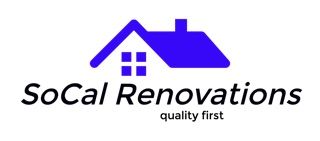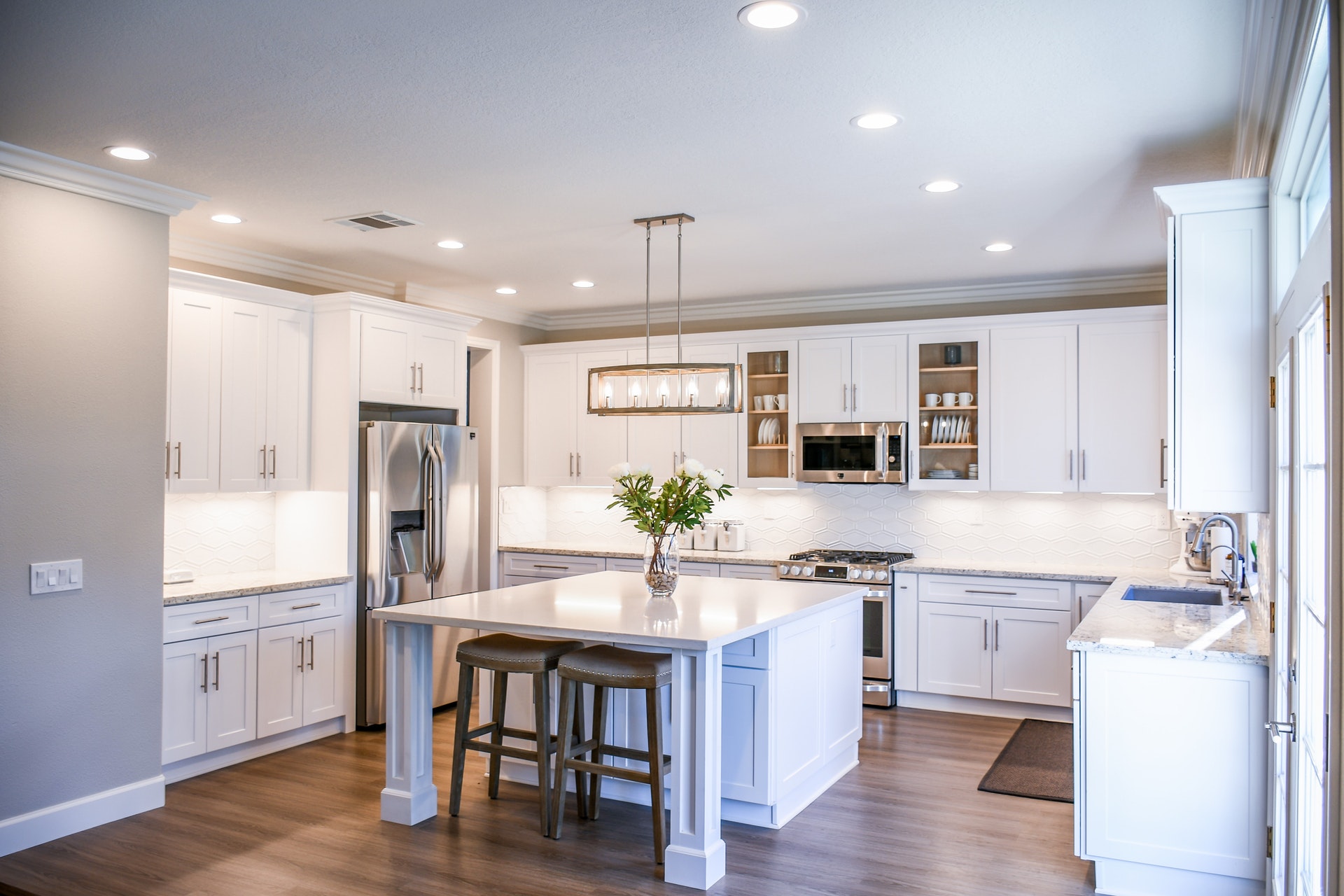signing a custom kitchen goes beyond just selecting colors and materials; it involves creating a space that harmoniously combines beauty, practicality, and innovation. Here’s a comprehensive guide to custom kitchen design, addressing everything from optimizing layouts to incorporating the latest smart technology.
1. Strategic Layout Design: Efficiency Meets Style
A thoughtfully designed layout is essential for a custom kitchen. While the classic work triangle (linking the sink, stove, and refrigerator) remains relevant, there are numerous ways to enhance this idea.
Advanced Zone Planning
Segment the kitchen into specific zones that align with your lifestyle. For example:
Prep Zone: Equipped with easy access to knives, cutting boards, and prep sinks.
Cooking Zone: Located near ovens, stovetops, and spice racks.
Entertaining Zone: Features a designated area with a beverage fridge, bar sink, and casual seating.
By adopting zone planning, you can create a kitchen that flows naturally, reducing traffic congestion and boosting efficiency.
2. Customized Storage Solutions for Maximum Utility
A custom kitchen should incorporate storage solutions tailored to your needs, from organizing high-end appliances to hiding smaller items.
Built-in Solutions for Seamless Storage
Explore advanced cabinetry options:
Pull-Out Pantries and Tall Cabinets: Ideal for compact storage without compromising accessibility.
Appliance Garages: Hide small appliances like blenders and toasters while keeping them within reach.
Toe-Kick Drawers: Utilize the space beneath lower cabinets for items you don’t use every day, such as bakeware.
Flexible Shelving for Adaptable Storage
Install adjustable shelving units inside cabinets or even in open areas to provide flexibility as your storage requirements change over time.
Material Choices: Luxury and Longevity
The materials you choose for your kitchen play a crucial role in its durability, appearance, and upkeep. For a refined custom kitchen, select materials that blend elegance with enduring quality.
High-End Countertop Options
Quartzite and Dekton: These materials are not only durable and low-maintenance but also offer a distinctive, upscale appearance.
Concrete: This option introduces a contemporary, industrial feel and can be customized with various stains, textures, and finishes.
Cabinet Finishes that Impress
Matte Finishes: These are less likely to show fingerprints, providing a sleek look that complements modern designs.
Custom Wood Stains: These allow for personalized wood tones that fit seamlessly with your overall design vision.
Smart Technology for a Future-Proof Kitchen
Incorporate cutting-edge smart technology to ensure your kitchen is ready for the future while enhancing its functionality. From voice-activated lighting to appliances controlled via apps, technology can simplify daily tasks.
Innovative Appliance Integration
Smart Refrigerators: Certain models can keep track of your inventory and recommend recipes based on what you have on hand.
Wi-Fi-Enabled Ovens: You can manage temperature settings, preheat, and monitor cooking progress right from your smartphone.
Smart Lighting for Ambiance and Efficiency
Utilize app-controlled lighting systems to modify brightness, color, and warmth according to the time of day or your mood.
Motion-Sensing Lights: Ideal for work areas such as pantries and under-cabinet spaces.
5. Maximizing Natural Light for an Inviting Atmosphere
Natural light not only boosts the kitchen’s aesthetic but also creates a sense of openness, even in smaller spaces. Thoughtfully positioned windows and skylights can significantly enhance your kitchen’s ambiance.
Skylights and Clerestory Windows
Skylights: Ideal for flooding your kitchen with light while ensuring privacy remains intact.
Clerestory Windows: These slender, elevated windows can be placed above cabinets to allow light in without sacrificing wall storage.
Transitional Indoor-Outdoor Spaces
Incorporate a windowed door that leads to an outdoor dining area, facilitating smooth transitions and optimizing natural light.
6. Incorporating Sustainable and Eco-Friendly Elements
Sustainability is becoming increasingly important in kitchen design. From selecting energy-efficient appliances to opting for renewable materials, there are numerous ways to create an environmentally friendly kitchen.
Sustainable Material Selection
Bamboo and Reclaimed Wood: These renewable materials are perfect for cabinetry, flooring, or decorative accents.
Recycled Glass and Composite Countertops: Stylish and durable eco-friendly options.
Energy-Efficient Appliances
Opt for appliances that carry the ENERGY STAR certification to lower energy consumption and reduce utility bills.
7. Adding Personalized Design Details for a Unique Touch
To truly make your custom kitchen reflect your style, incorporate unique design features that showcase your personality. From elaborate tile designs to custom hardware, personalization elevates your kitchen’s character.
Statement Backsplashes and Unique Tile Patterns
Geometric Patterns: Create a striking look with hexagonal or Moroccan-inspired tiles.
Textured Tiles: Introduce depth and interest to a monochromatic kitchen.
Custom Hardware and Finishes
Select unique handles and knobs that complement the overall design, such as matte black for a contemporary vibe or brass for a timeless feel.
Conclusion: Designing Your Dream Custom Kitchen
A custom kitchen is an investment in style, functionality, and quality that enhances the heart of your home. By carefully considering layout, storage, materials, technology, lighting, and sustainability, you can create a kitchen that perfectly suits your needs and reflects your personal style. Ready to transform your space? Let help bring your dream custom kitchen to life with expert design and innovative solutions.

